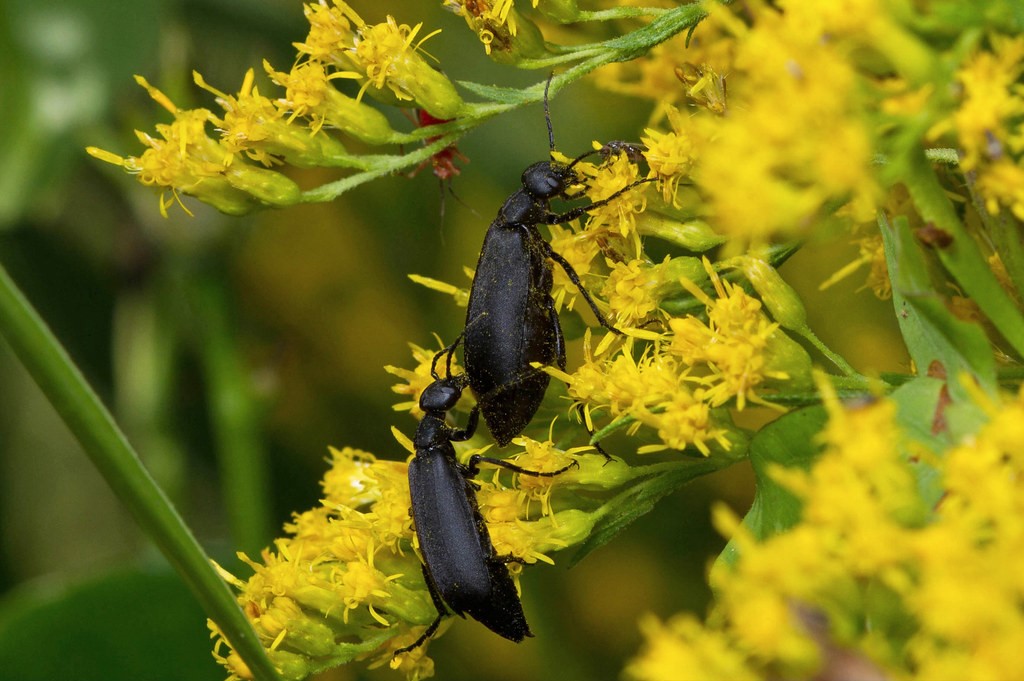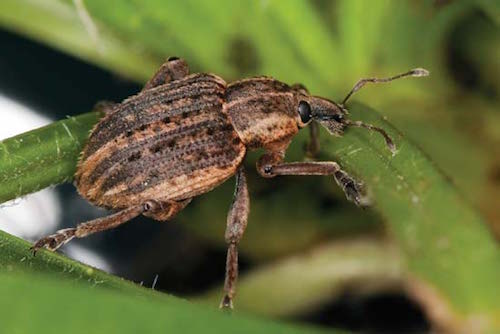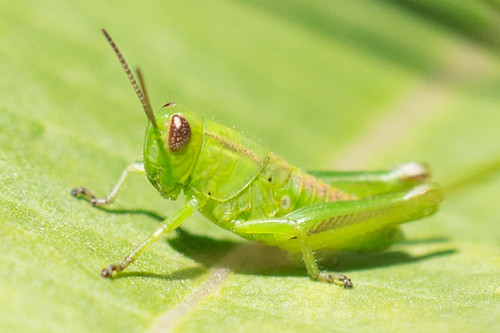Report Drought Impacts
Send in descriptions and photos of on-the-ground drought impacts from your region. .
DROUGHT IMPACT REPORTING
Use the following forms to report impacts of drought in your region. We’ll be updating this page regularly with more current impact reporters tailored to extension agents and tribal agricultural professionals.
These forms are useable both online and offline. GPS functions will work offline, so you can record your location and your observations in the field, then upload the form and the photos when you next have access to an internet connection. Sharing your name and email on these forms is optional, but will allow us to get in touch with you about mitigation strategies and other potential impacts in your area.
Click on the image or title to access the forms. For more information on how to use these forms, check out the tutorial below.
Form Tutorial
This tutorial will walk you through how to access and fill out drought impact reporting forms. It will walk you through how to access the forms both online and offline. KoBo forms can be accessed through any internet browser, such as Chrome, Firefox, Internet explorer, etc. on a laptop, computer, or mobile device.
1. Choose your forms: Choose the forms you would like to report on. You will need to bookmark these forms while you still have internet access, so be sure to click all of the forms you think you may use while in the field.
Click on each form that you would like to use. You can click on the image or the header text to access the form. This will bring it up in a new browser tab.
2. Bookmark the form: Go to the tab in which you have the form open. Next to the search bar there should be a star icon (or other bookmark icon depending on your browser – if you need further instruction on bookmarking in different browsers, check out this guide: Bookmarking on Browsers). Click on this icon to bookmark the form. Now you will be able to access it offline.
Additionally, you may choose to add the form to the home screen of your device. Visit
the following webpages for information on how to do this on different devices:
Creating a shortcut on a computer
Creating a shortcut on an android mobile device
Creating a shortcut on an apple mobile device
3. Test the form offline: It’s important to make sure that offline functions are working before you use the form in the field. You can do this by submitting a test version of your form. Go into your device’s settings and turn on airplane mode. Alternatively you can turn off or disconnect from your wi-fi. Follow the next steps to fill out a test form – please type “test” in the tribal affiliation field to mark this as a test submission.
4. Fill out the form: You can do this in the field as you notice conditions, or you can fill it out when you are back in your home/office. Navigate through the questions by clicking the next button – each individual question will have detailed instructions on how to fill it out. Most are optional, so you can provide as little or as much detail as you like.
5. Photos: Adding photos to your form will help extension agents better understand conditions in your area. Uploading these can be done directly from the form. Simply click on the text box to open up the photo gallery or files on your device. Select the photo you want and click open. If you want to upload more than one photo, click next and the form will give you the option to upload additional photos.
6. Save a draft: If you would like to save your progress and return to the form at any point, you can save a draft. Do this by clicking on the three bars beside the printer icon at the upper right corner of the form. This will bring up a list of questions. Scroll down to the final question (“Thank you for your survey response”) and click on it. There will be a white button that says “save draft”. Click on this to save a draft of your form.
7. Submit form: When you are finished with your form, click the blue “submit form” button on the last page. Your form will upload as soon as your device has an internet connection.
WEEVIL REPORTER
GRASSHOPPER REPORTER
Drought conditions have increased the risk of severe grasshopper events. Understanding grasshopper distributions can be useful for preventing outbreaks in future seasons. Answering this survey will help other farmers and ranchers by providing geolocated information on current grasshopper outbreaks. Additionally the survey will provide advice on preventing grasshopper outbreaks.
Livestock Impact Reporter
Climate related issues such as drought, heat, and extreme weather events can cause a variety of health issues in livestock including reproductive health issues, disease, temperature stress, and mortality. Hazards which were minor concerns in previous years may manifest much more severely under drought conditions. By reporting on conditions in your area, you can help extension agents and other agricultural professionals identify and address livestock hazards more effectively.





